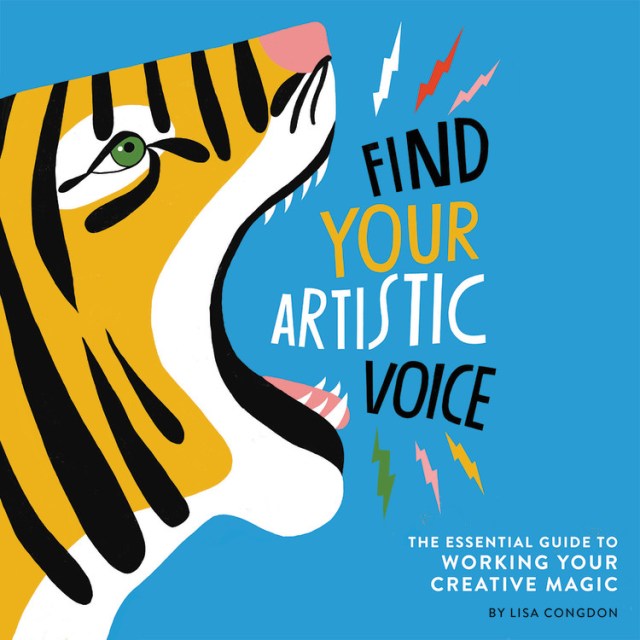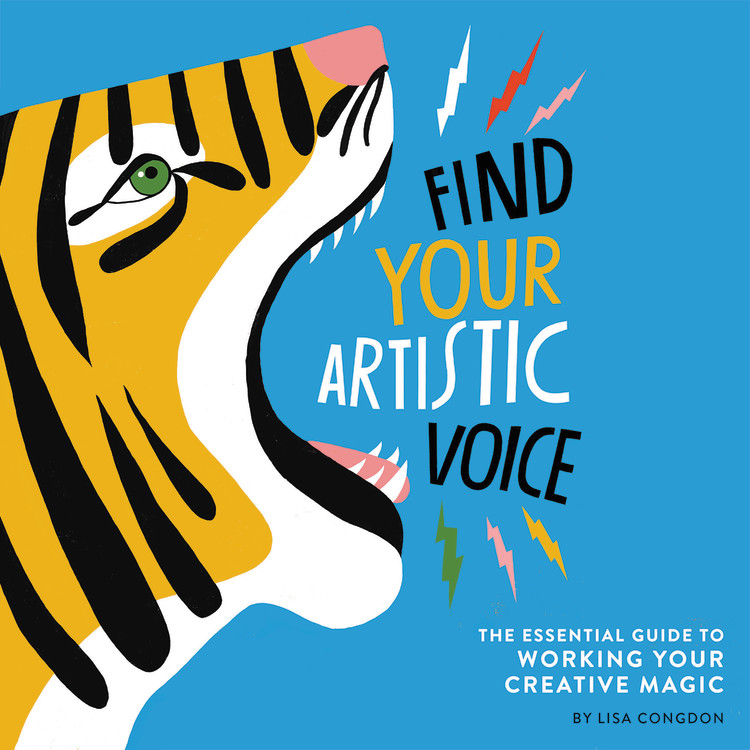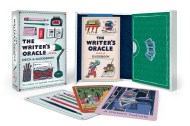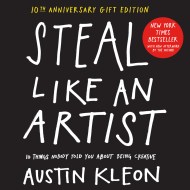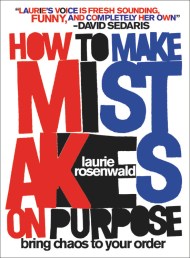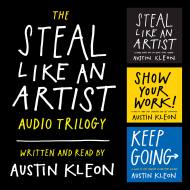Promotion
Use code MOM24 for 20% off site wide + free shipping over $45
Find Your Artistic Voice
The Essential Guide to Working Your Creative Magic
Contributors
By Lisa Congdon
Read by Lisa Congdon
Formats and Prices
Format
Format:
Audiobook Download (Unabridged)This item is a preorder. Your payment method will be charged immediately, and the product is expected to ship on or around August 6, 2019. This date is subject to change due to shipping delays beyond our control.
Also available from:
Find Your Artistic Voice helps artists and creatives identify and nurture their own visual identity.
This one-of-a-kind book helps artists navigate the influence of creators they admire, while simultaneously appreciating the value of their personal journey.
• Features down-to-earth and encouraging advice from Congdon herself
• Filled with interviews with established artists, illustrators, and creatives
• Answers the question how do I develop a unique artistic style?”
An artist’s voice is their calling card—it’s what makes each of their works vital and particular
Genre:
- On Sale
- Aug 6, 2019
- Publisher
- Chronicle Books
- ISBN-13
- 9781797200026
Newsletter Signup
By clicking ‘Sign Up,’ I acknowledge that I have read and agree to Hachette Book Group’s Privacy Policy and Terms of Use
